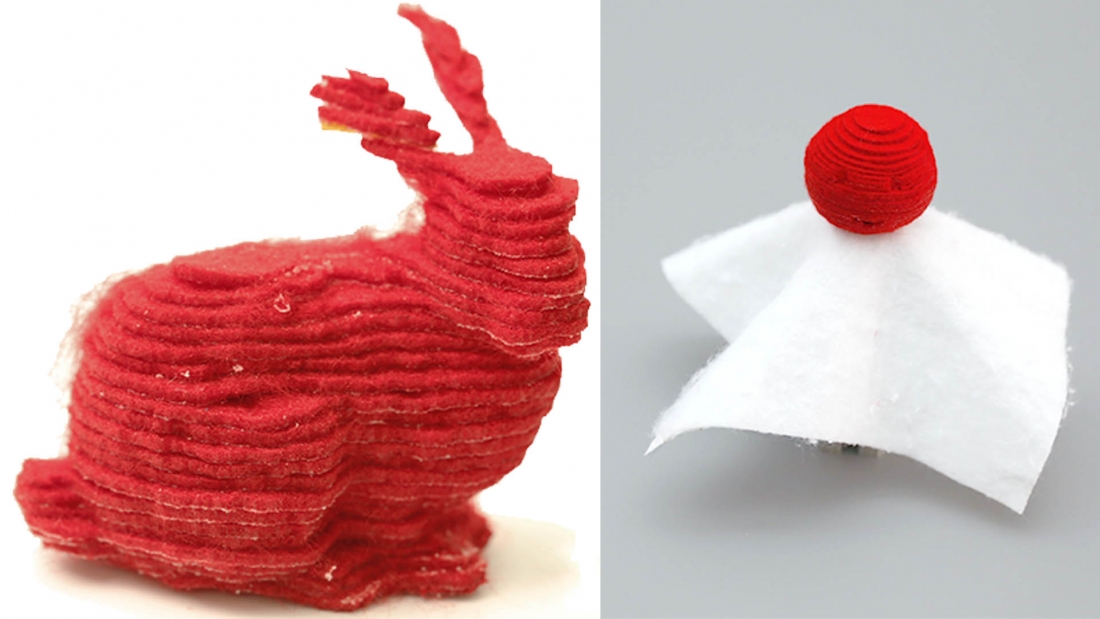Electroloom Debuting 3D Printer For Clothes
Electroloom is perhaps the closest thing we have seen yet to a true 3D printer for clothes. The concept is simple, insert a thin metal template into the printer and then it is showered with an electrically changed mixture of liquid polyester and cotton to produce a strong, soft, seamless garment. Currently on Kickstarter, Electroloom is not quite ready for consumers. Instead the company is borrowing the Oculus Rift model and using Kickstarter as a platform to get the device into the hands of developers and engineers, helping the company further refine the technology. The team at Electroloom thought of using an electrospinning process for creating garment from work they were doing with bioprinting blood vessels. One of the preliminary steps in printing blood vessels requires a scaffolding to be built via electrospinning. The technology needed to be re-conceptualized though to create something as large as an item of clothing. It will be interesting to see where this technology could lead. 3D printing of clothing has the potential to completely reshape an entire industry and democratize fashion. In addition to allowing anyone in the world to distribute and access garment designs, it would also help address worsening ecological and labor issues related to the manufacturing of clothing. Without a doubt, the team at Electroloom has succeeded in creating a device that fabricates fabric based clothing on demand, though the results are still rough. It will be interesting to see how it develops! Check out the Kickstarter video after the break:
Continue reading








